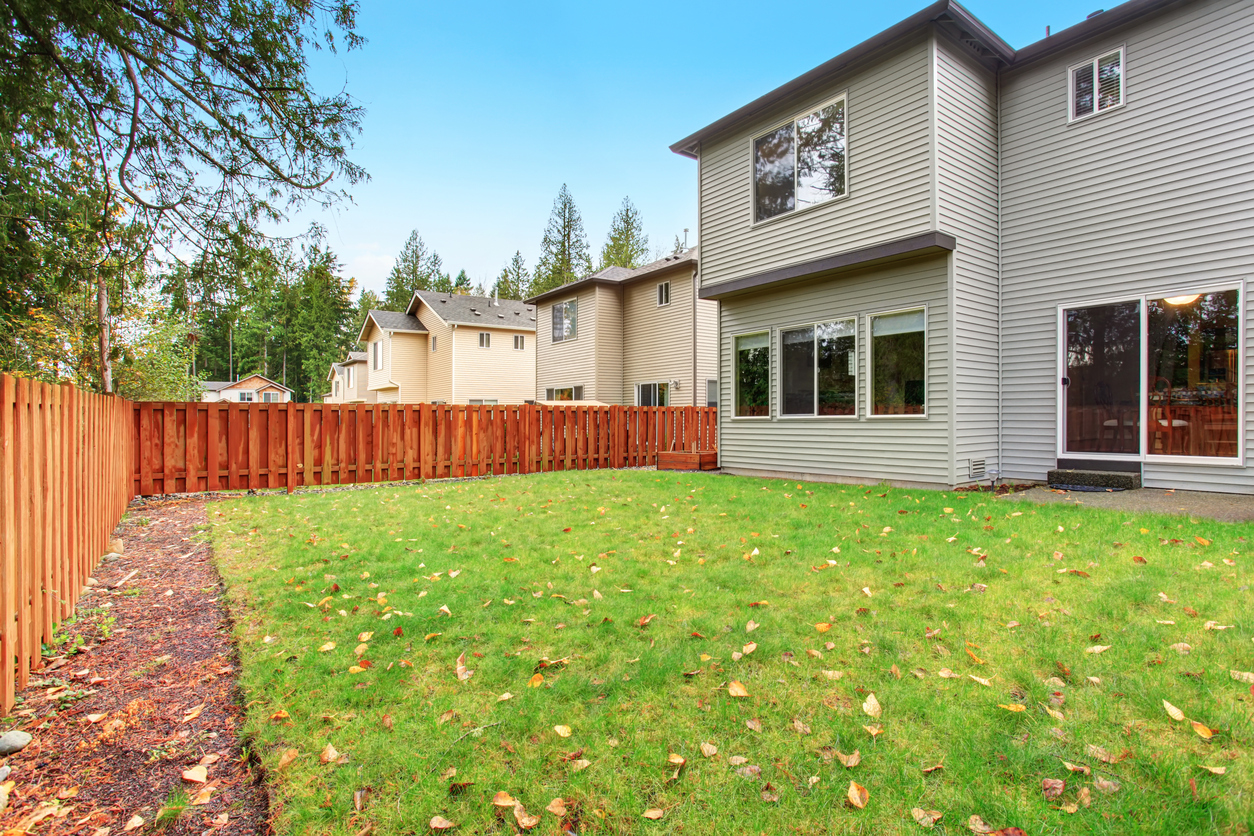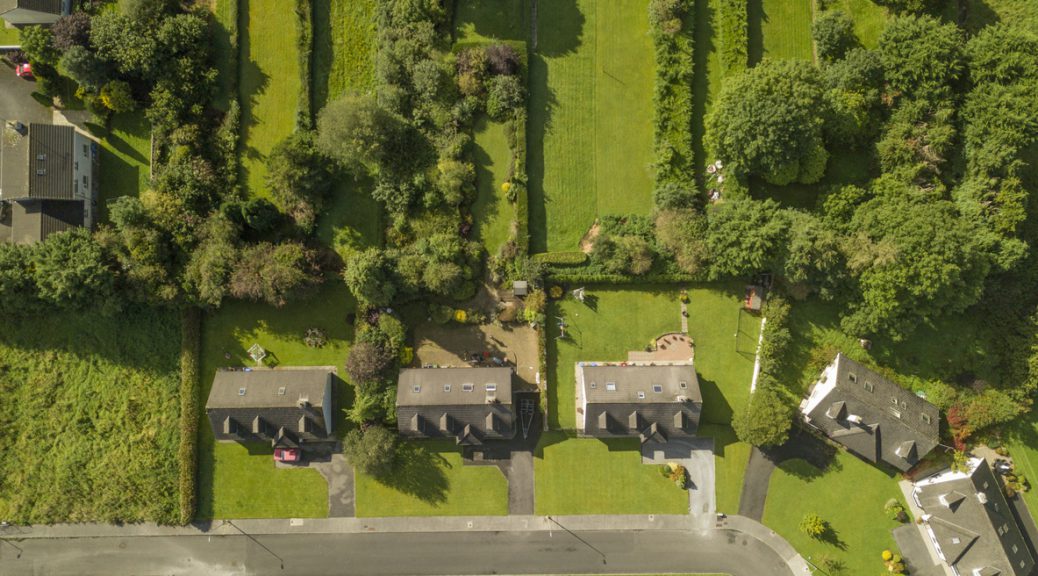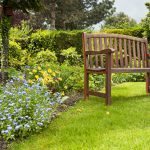We tend to examine the yard quickly. In our minds, it’s not very important. The condition of the home and its financing are of greater significance. Yet, taking the time to observe the four corners of the yard may save you many problems.
If you’re only planning to stay for a few years, you may think the yard doesn’t really count for much. Caution! If the yard hides a defect, it will affect the home’s resale price. If you intend on staying there permanently, the yard will require much thought for future projects. In both cases, a basic examination is required.
If an old tree is near the house, its roots may be so deep and spread out into the ground that they are about to crack the foundations, especially if they’re already fragile.
That being said, the presence of trees in the yard increases the value of the property. The tree protects the occupants of the house by acting as a shield against excessive sun, the summer heat, arctic winds and the winter cold. In addition, it improves the quality of the ambient air by absorbing carbon dioxide and releasing oxygen and moisture around it.
The tree is young, so it’s small. Check its position regarding the cardinal points. It could influence your choices about your outdoor renovation projects with reference to light and winter cold. The tree will become much bigger, it will need space to grow.
If the yard includes a patio or terrace check their borders. If there’s evidence of water accumulation, it means the yard isn’t draining properly. There’s possibly an issue there!
If the yard is not at the same level as your neighbours, make sure it drains adequately. Otherwise, if your yard is lower, it will become a puddle of water. If it’s higher, rainwater will end up at the neighbour’s house.
Awesome! A beautiful, well-groomed hedge surrounds the property. Privacy guaranteed. Is it in good health, though? What about the trees, shrubs and flower beds? Microorganisms can wreak havoc.
Is a dispute pending with a neighbour regarding the boundaries of the yard? What are the easements? Is there a right of passage? The certificate of location provides a great deal of information, but go beyond that. Ask the selling owner.
Take a look at the neighbours’ yard. Find out what kind of relationship they have with the selling owner. A few years ago, a homeowner filed a lawsuit against a neighbour who was also a birdwatcher. He liked to lure birds into his yard. The homeowner’s yard became a droppings depot and a landing field.
Are you planning to live there for a long time? Plan ahead. Are you thinking about building a play structure for the kids, a shed, a patio, a terrace, a gazebo, a swimming pool, an extra wing to house your parents or a domestic wind turbine? The size of the yard then becomes an important element.

A flat yard is ideal for building or developing new facilities. Is the yard slanted? Take advantage of it if you plan to build a terrace. Opt for several levels. The erection of a low wall will stabilize the ground.
As you are walking on the yard, you come across rubble piled up behind the shed. It’s been there for a while. Would this be a sign of carelessness from the selling owner?
Are you sensitive to cold? Make sure the coveted property is not located in a wind corridor.
In any case, you will need a history of the yard to avoid unpleasant surprises.
Images: iStock.com


